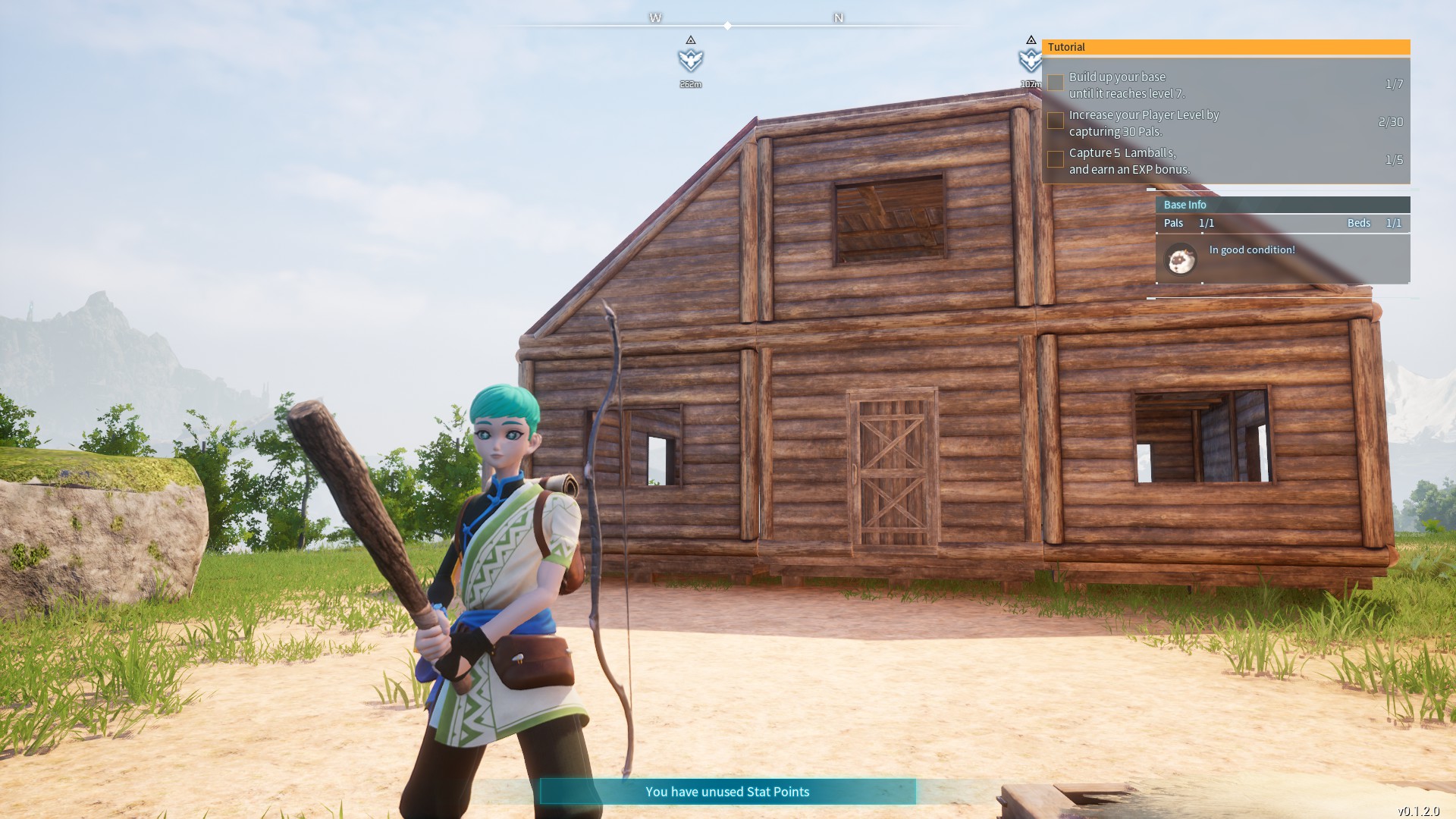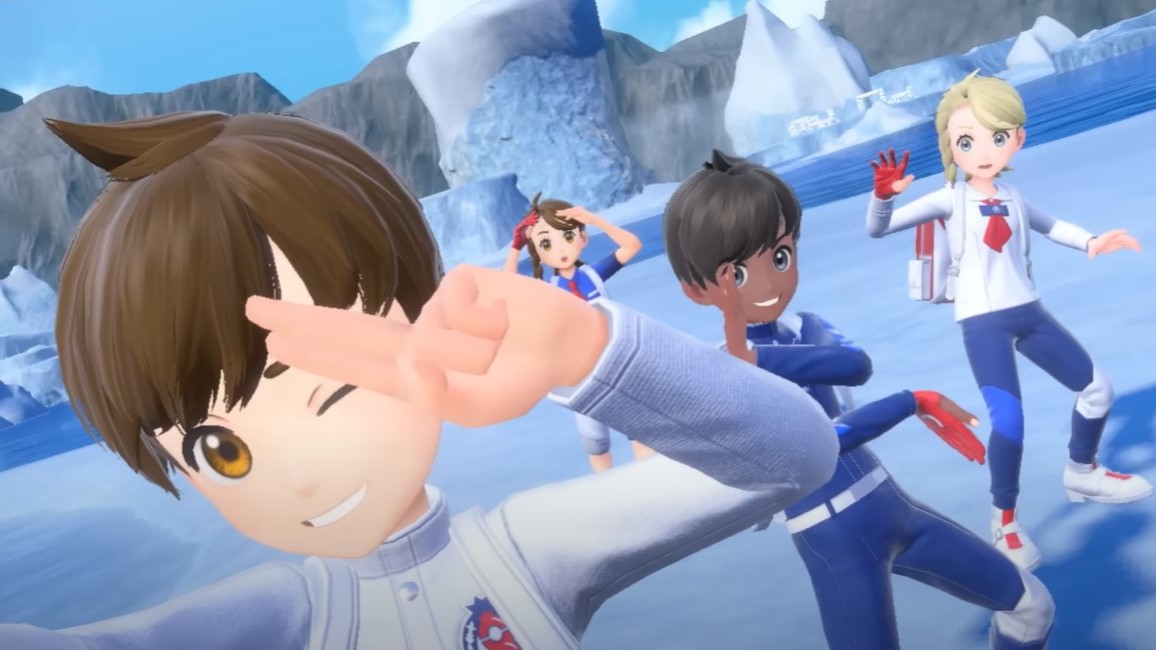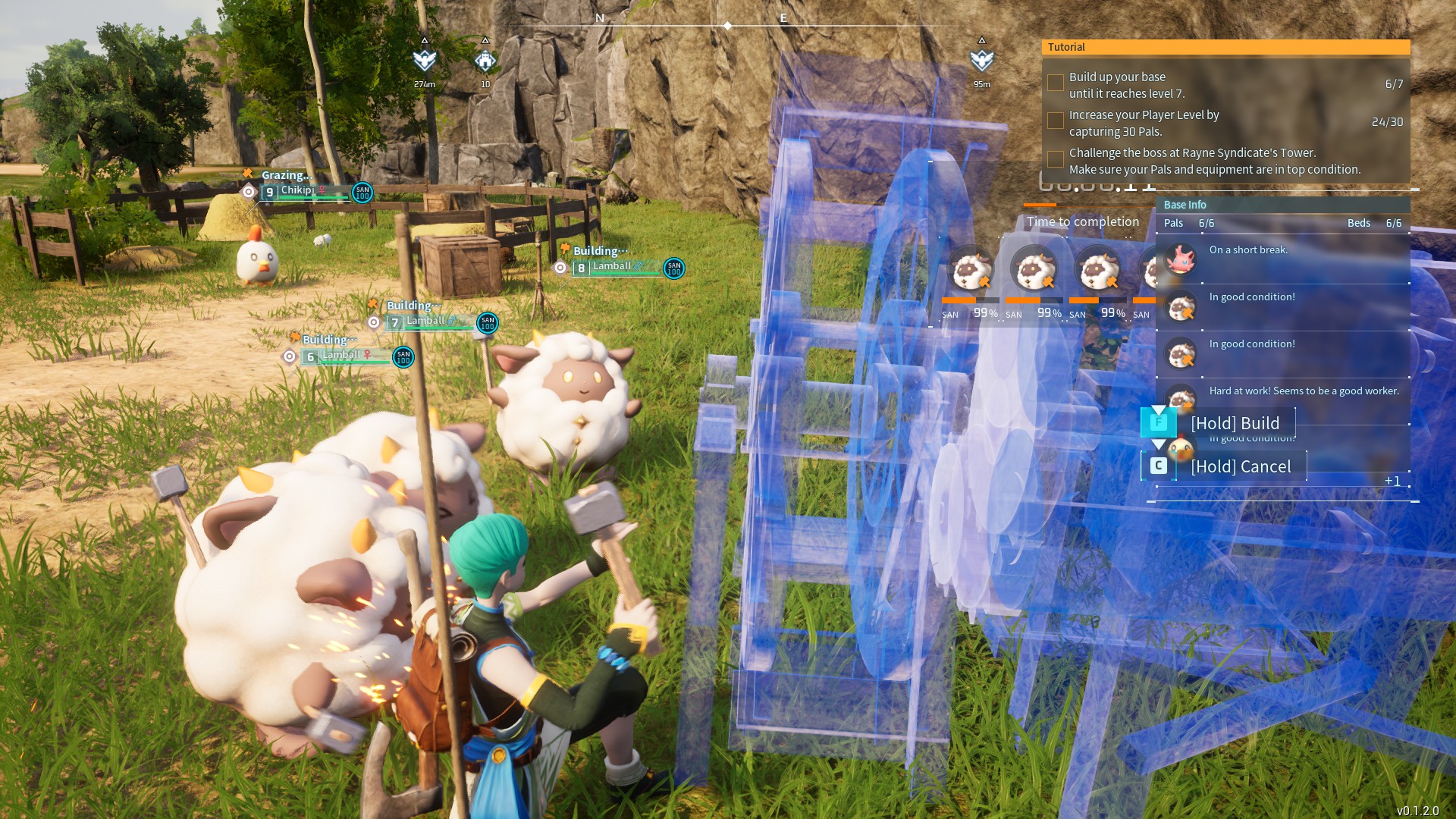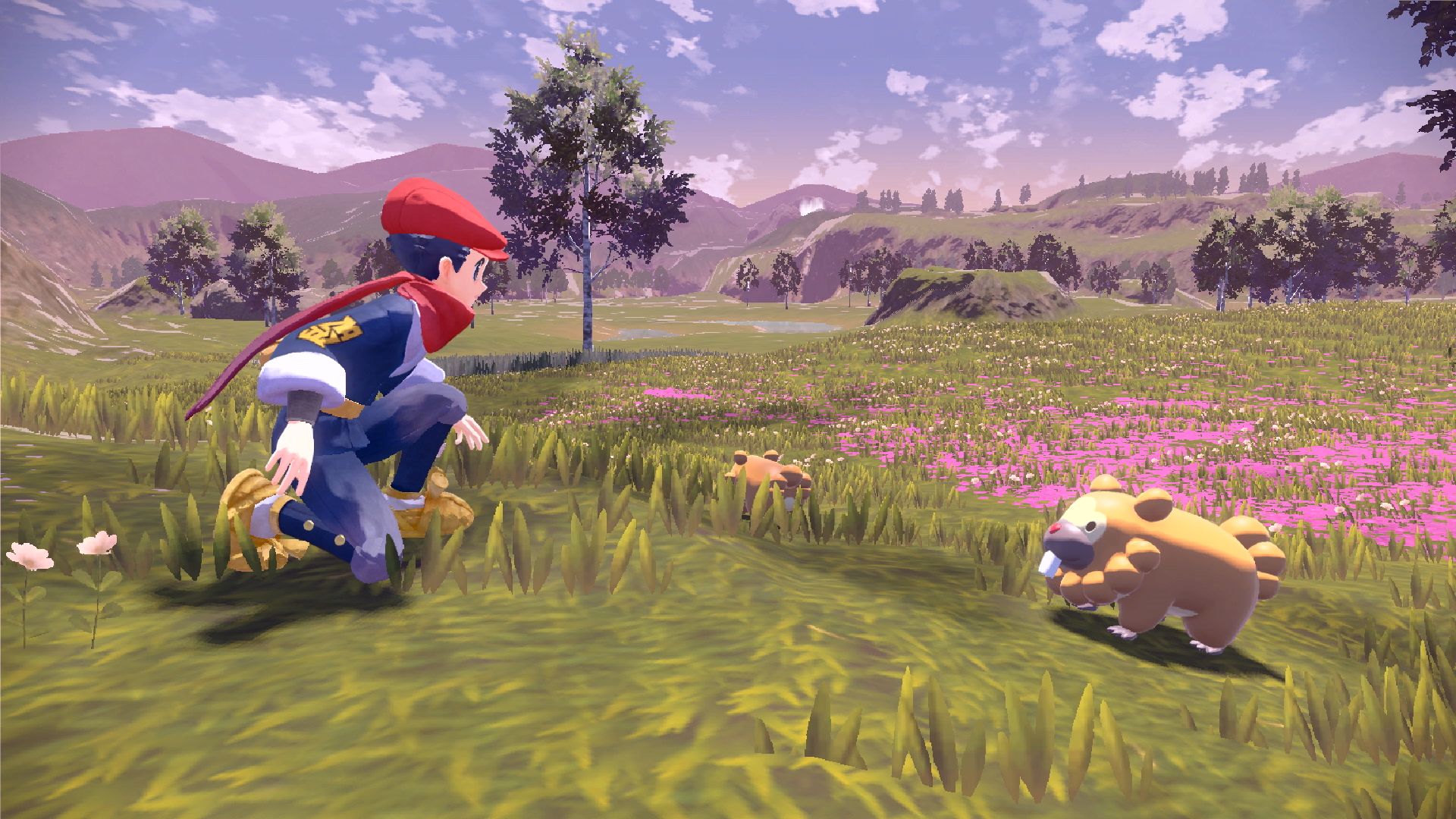5 things the Pokémon games need to learn from Palworld
Taking notes

The open-world survival game Palworld, developed by Pocketpair, is taking gamers by storm. Arriving out of the blue to sell over six million copies in under a week, it’s difficult to contextualize just how popular the game is right now. It’s already hit the massive milestone of 1.85 million simultaneous players on the digital PC game platform Steam, which puts it above the likes of Counter-Strike 2 and Cyberpunk 2077 in terms of record all-time concurrent Steam player counts.
If the developer’s Tweets are anything to go by, Palworld is still selling so fast that I wouldn’t be surprised if that six million sales figure has already become inaccurate by the time you finish reading this sentence. That number also presumably excludes any Xbox Game Pass players, which could be quite a hefty number given the game’s simultaneous launch on Xbox Series X|S and Xbox One.
If you haven’t been keeping up with this sleeper hit (and with how fast it’s all taken off I can hardly blame you), Palworld is a hybrid of survival games like Rust or Ark: Survival Evolved and Pokémon. It features a large open world filled with ‘Pals’, which you can capture and store in Pal Balls. There’s a big focus on base-building and supply chain management, with the game encouraging you to put your army of Pals to work farming natural resources.
As you can probably tell from this description, Palworld actually has very little in common with your average mainline Pokémon game beyond its general aesthetics. Still, I think that its massive success is very intriguing and might suggest some of the things that people are waiting for in a new Pokémon game. With that in mind, here are the five things I’d like to see the Pokémon games learn from Palworld.
1. A better open world

A big part of the reason that many seem to be choosing to sink countless hours into Palworld has got to be its expansive open world. Comprised of multiple regions, it’s a pretty impressive environment, and you’re able to explore it freely from the get-go. While the recent Pokémon Scarlet and Violet and Pokémon Legends: Arceus all featured an open world, they always felt much more restricted than the one here.
Palworld gives you a host of traversal options very early on, including The Legend of Zelda: Breath of the Wild style glider that makes it super easy to get across long distances fast. You can also get your hands on a grappling gun; nothing quite beats being able to zip up the sides of mountains in seconds. I have also yet to encounter a single invisible wall or blocked-off area in my exploration, leading to an experience that just seems that much more natural.
I would love to see a future Pokémon game expand on some of the foundations laid so far and do a little more with its open world. Whether that’s more freedom or simply adding some movement mechanics that are more exciting than trudging around on a giant unwieldy Pokémon or a pedal bike.
Sign up for breaking news, reviews, opinion, top tech deals, and more.
2. Improved multiplayer

Recent Pokémon games have also experimented with online multiplayer. Pokémon Let’s Go featured co-op, allowing another player to join your world at the same time, while Pokémon Sword and Shield had small multiplayer areas where you can interact with other players online in a very, very limited capacity. Things were a little more advanced in Pokémon Scarlet and Violet, which included Union Circle - a mode that lets you invite up to three other players to your game.
Even so, Scarlet and Violet’s UI is very clunky and I often struggled to maintain a stable connection while trying to play with my friends. Some of this is likely to do with the less-than-ideal netcode of the Nintendo Switch, but it is still a significantly worse experience than Palworld, where you can simply flick a switch in the settings menu to enable others to join your game, which has worked pretty flawlessly every time I have attempted it.
3. More than just battling

Palworld’s big hook is its survival crafting, which has really got me thinking that Pokémon games could really benefit from more mechanical variety. Pokémon Legends: Arceus was a bit of a shakeup, changing the core focus from story progression to exploration. However, it would be fantastic to see a new Pokémon game take those kinds of ideas even further.
There are only so many times that you can battle your way through various regions before it becomes well and truly stale, and the success of Palworld tells me that players would jump on a Pokémon title that looked like it was going to offer something a little different.
4. Smoother performance

One of the most significant areas where I feel Palworld is dramatically ahead is its performance. Everything runs very, very smoothly, and the game looks pleasant to boot. This stellar performance is no doubt largely thanks to the far superior graphical capabilities of an Xbox Series X or PC compared to the Nintendo Switch, but it’s still fair to say that Nintendo well and truly dropped the ball on the performance of its latest installment. Pokémon Scarlet and Violet ran appallingly at launch, with frequent framerate issues and an abundance of nasty, muddy textures. I’m not too fussed about visuals generally, but the sheer number of issues present made it a highly unpleasant experience.
Thankfully, many of the most egregious problems have since been patched, but I still find the occasional hiccup when I sit down to play. I don’t expect performance on par with Palworld, given the massive difference in hardware, but I really hope that the next Pokémon runs much better, as it makes for a terrible first impression. With a potential Nintendo Switch 2 on the horizon, things are certainly looking up in this regard.
5. Give Pikachu a gun

Okay, I’m not 100% serious with this one, but I do think that there's definitely something to be said about the need for a greater number of Pokémon games that try to engage with some more mature themes. I enjoyed a lot of my time with Detective Pikachu Returns, thanks in no small part to how it attempts to tackle some heavier subject matter, including corruption or the breakdown of a family. Although the writing could be pretty clunky throughout, it was quite surprising to see from such a traditionally family-friendly franchise.
Now, I’m not saying that the mainline Pokémon series would benefit from having anywhere near the level of mature content seen in Palworld, which features everything from illegal poaching to the ability to butcher your adorable Pals. Still, some more nuanced storytelling wouldn’t go amiss. Obviously, the primary audience for Pokémon games is always almost invariably going to be children. However, there are still a fair few older fans who grew up with the games that would appreciate a more complex tale.
For some top game recommendations, see our guide to the best Pokémon games or the best Nintendo Switch games.

Dash is an experienced tech journalist who currently serves as the Gaming Editor at TechRadar, where he helps oversee coverage of video games and related products.
Before joining the team, he was Contributing Writer at PLAY (formerly Official PlayStation Magazine) and has also written articles for many of the UK's biggest gaming magazines including Edge, PC Gamer, and SFX.
Now, when he's not getting his greasy little mitts on the newest hardware or gaming gadget, he can be found listening to J-pop or feverishly devouring the latest Nintendo Switch otome.